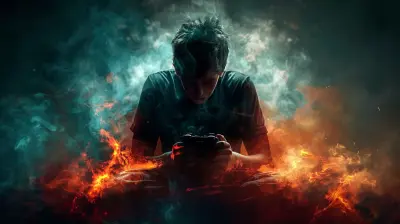The Role of Game Physics in Making Open Worlds Feel Real
15 October 2025
Have you ever found yourself wandering through a vast, open world in a game, thinking, "Wow, this feels so real"? Maybe it was the way leaves danced in the wind or how your character’s feet splashed through a puddle. That’s not magic—well, not entirely. It’s game physics working behind the scenes, turning ones and zeroes into rich, immersive worlds. And let me tell you, game physics is the unsung hero behind open-world games that make your jaw drop.
Let’s dive into the nitty-gritty of why game physics is the backbone of realism in open worlds and how it makes those sprawling digital landscapes feel alive. Strap in, because this is going to be one wild ride through gravity, collisions, and chaos (the good kind). 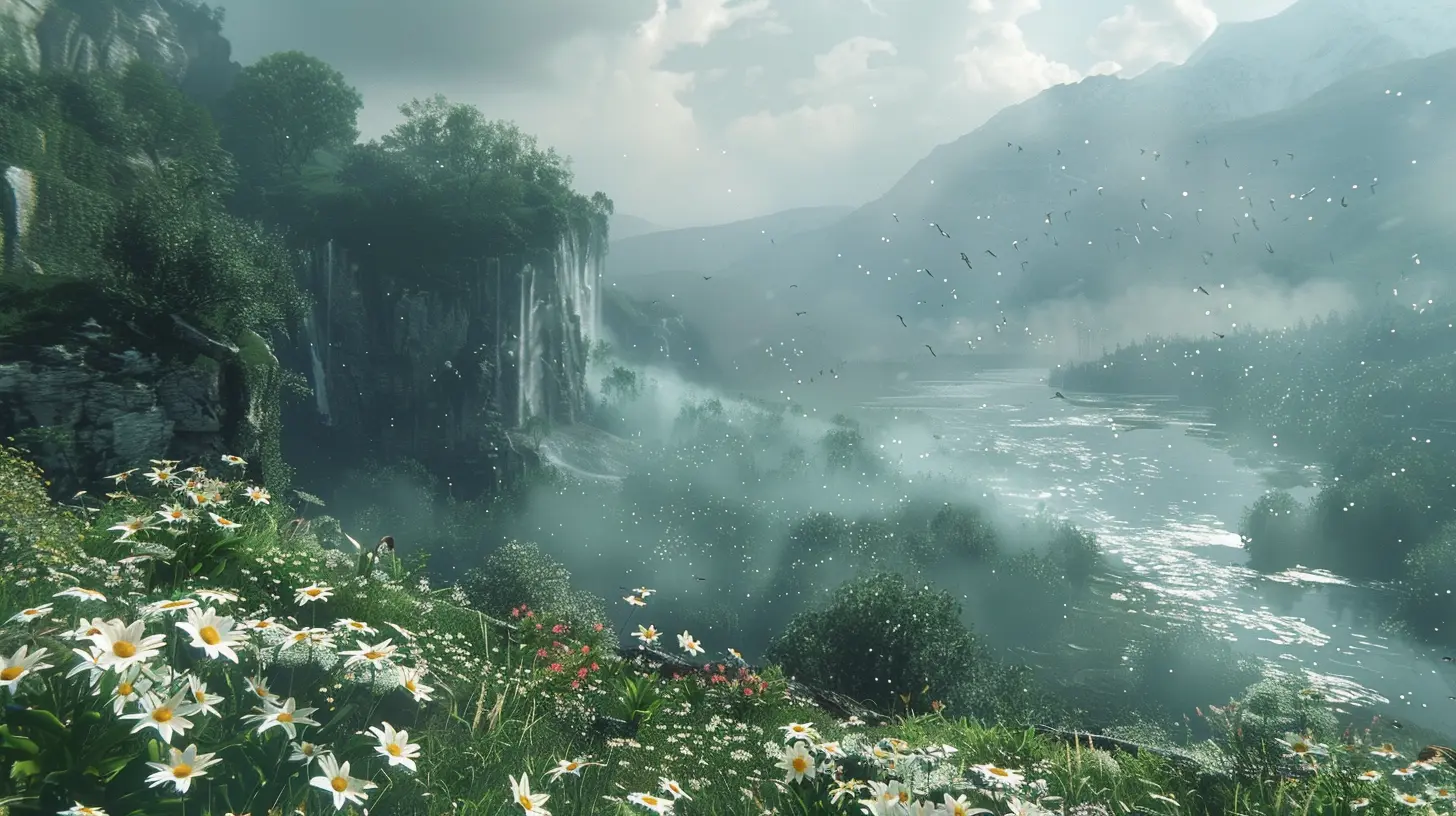
Why Game Physics Matter
Think of game physics as the rules of nature brought to life in a digital space. Without it, games would feel lifeless and robotic. Imagine trying to immerse yourself in a game where objects float aimlessly, characters walk through walls, or water behaves like... solid concrete. Weird, right?Game physics bridges the gap between the virtual and the real-world by simulating the laws of physics: gravity pulls you down, friction slows you, and objects bounce when they collide. It’s the foundation that makes an open-world game feel grounded. Without it, the experience falls apart faster than a cheap puzzle piece.
But why does this matter for open-world games in particular? Well, in a sprawling, massive sandbox, you need consistency. If every part of that world doesn’t follow the same "rules," your immersion breaks. Imagine you’re climbing a cliff in The Legend of Zelda: Breath of the Wild and suddenly your character flies off for no reason. Immersion = shattered. Game physics stitches everything together into one believable, cohesive world. 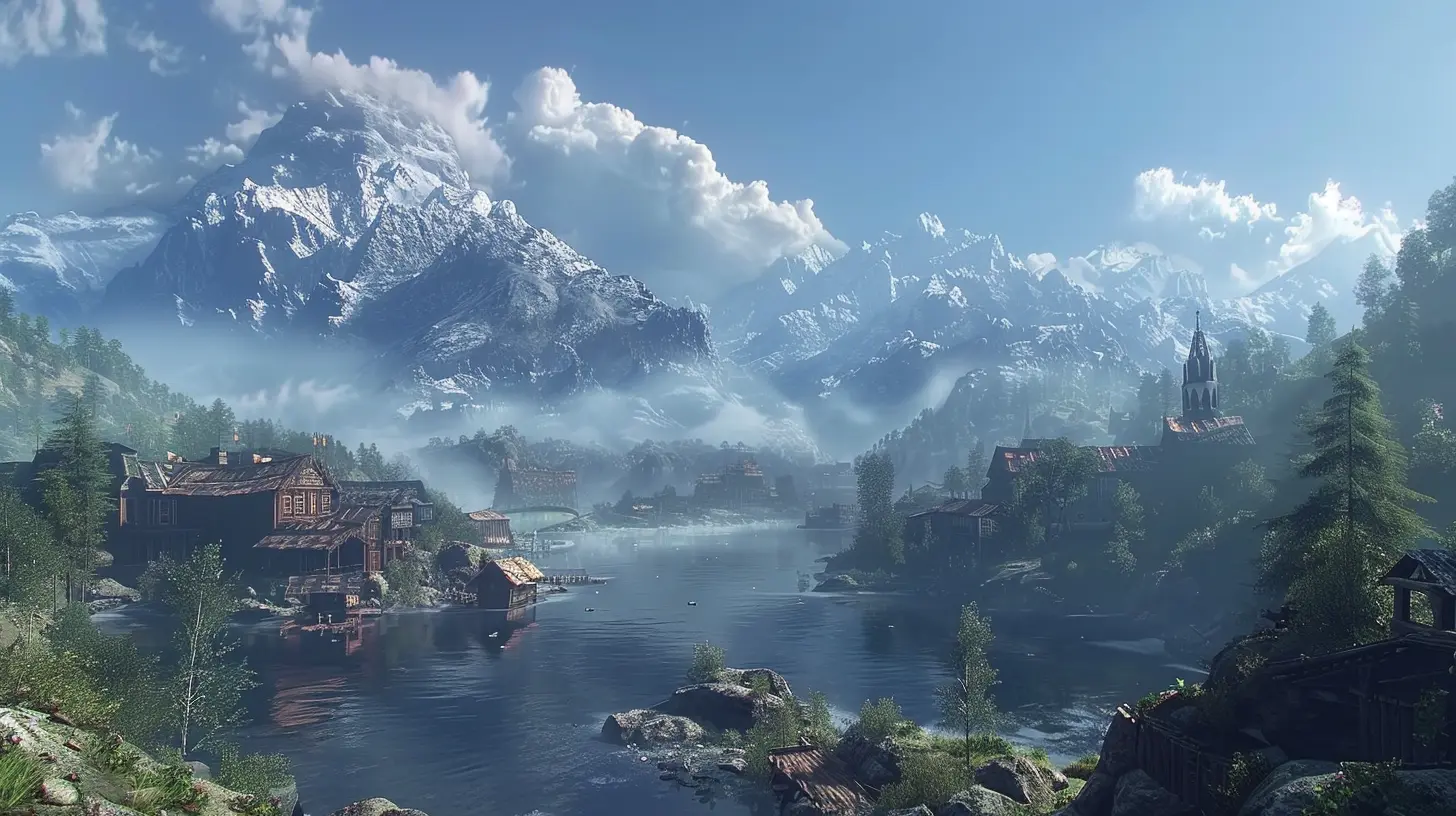
From Falling Rocks to Flowing Rivers: Core Aspects of Game Physics
Let’s break it down. Game physics is like a recipe, with multiple ingredients working together to create something deliciously real. In open-world games, there are a few standout ingredients that make the magic happen:1. Gravity: The Glue That Holds Everything Together
Gravity is the bread and butter of game physics. Without it, objects would just float away—like they’re in some zero-gravity sci-fi world. Whether it's your character tumbling off a mountain or a boulder realistically rolling down a hillside, gravity creates a sense of weight.Take Red Dead Redemption 2, for example. When you shoot an enemy, they slump to the ground realistically, as if gravity is pulling them down. It’s morbidly fascinating but also incredibly immersive. That’s how powerful this one force can be.
2. Collision Detection: Making Things Go Boom
Ever tried walking through a wall in a game? It feels ridiculous (unless you’re exploiting a glitch, you sneaky little gamer). Collision detection ensures that objects can’t occupy the same space. You can run into trees, cars crash into others, and rocks block your path.More than just blocking you, collision detection sets the stage for chaos—breaking barrels, smashing windows, or sending enemies flying after a well-placed explosion. It’s the friction and impact that make interactions with the world feel tactile and satisfying.
3. Fluid Dynamics: Because Water Should Look Wet
Water can make or break the look of an open-world game. Whether it’s the gentle ripple of a river in Far Cry 5 or the tempestuous waves in Sea of Thieves, fluid dynamics bring water to life.And it’s not just about looks—functional water adds depth. If your boat sinks because your poorly planned canoe hits a rock, that’s fluid physics at play. It’s details like these that make you feel like you’re inhabiting a real world, not just pixel art.
4. Ragdoll Physics: The Comedy and Tragedy of Movement
Okay, let’s talk about ragdoll physics because, honestly, who doesn’t love watching a bandit crumple hilariously after being hit by your character’s overpowered attack? Ragdoll physics simulate how a body moves when limp, and while it’s often played for laughs, it’s also a subtle way to add realism.Ragdoll animations shine in open-world games where characters interact dynamically with the environment. Whether it’s the way your hero crumbles after a dramatic failure or how NPCs collapse during chaotic combat, these moments bridge the gap between scripted and unscripted events. 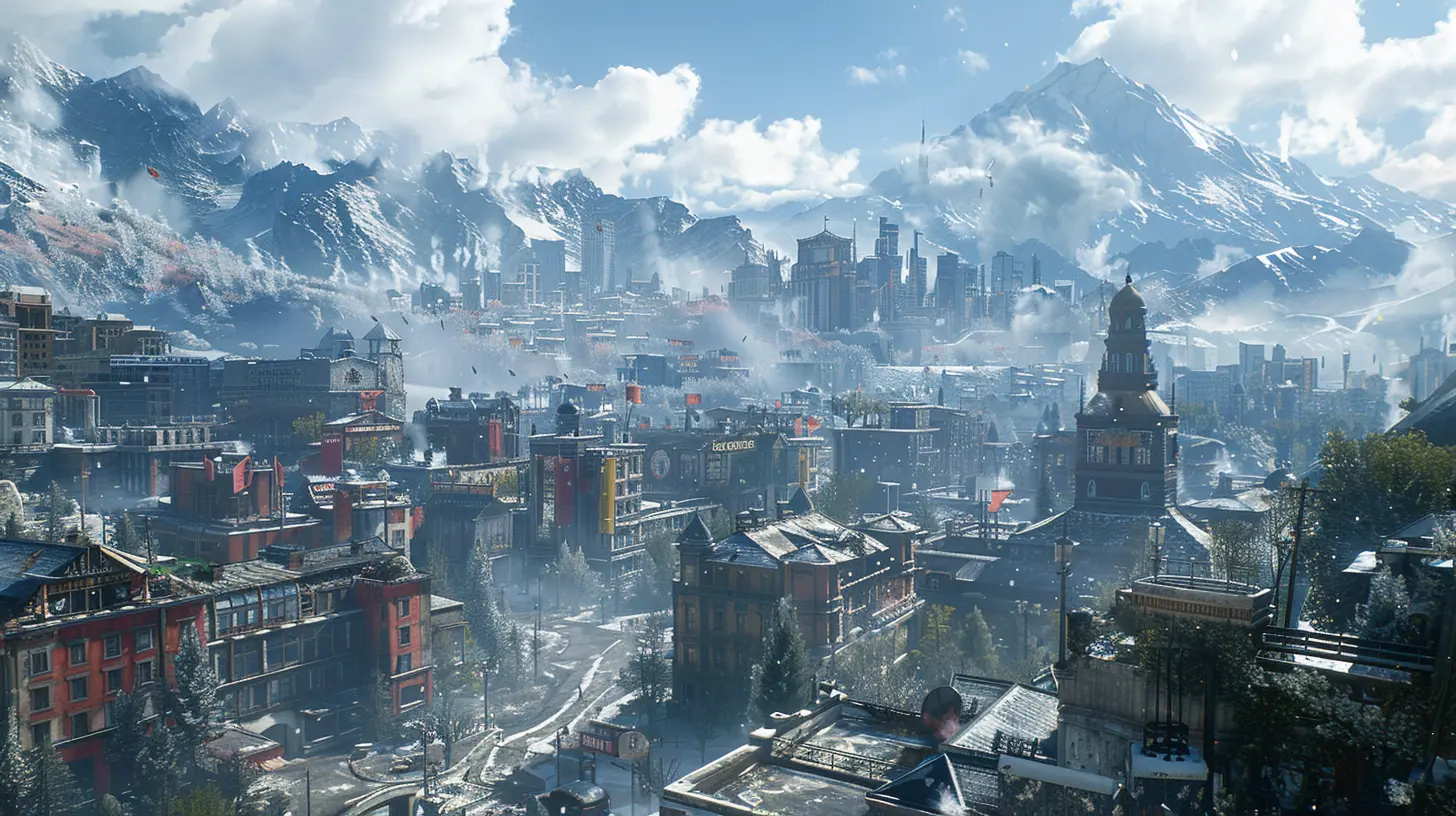
Open Worlds and the Complexity of Simulating Reality
Creating an open world that feels alive isn’t just about slapping on a physics engine and calling it a day. The real challenge lies in applying these principles across an entire map. Open-world games are huge, and every part of that world has to function according to the same set of rules.Think about The Witcher 3: Wild Hunt. The trees sway in the wind, rain affects how your horse gallops, and gusts of wind ripple through fields of grass. It’s not just for show—it’s how the game communicates to players that this virtual space obeys the rules of nature, even if those rules are slightly tweaked to fit the narrative.
Then there’s environmental destruction. Games like Battlefield and Just Cause really lean into this. Buildings crumble, bridges collapse, and explosions send debris flying. Destruction physics give players a sense of power and agency. Sure, you might not be able to blow up everything in a game, but the illusion that you can is more than enough. 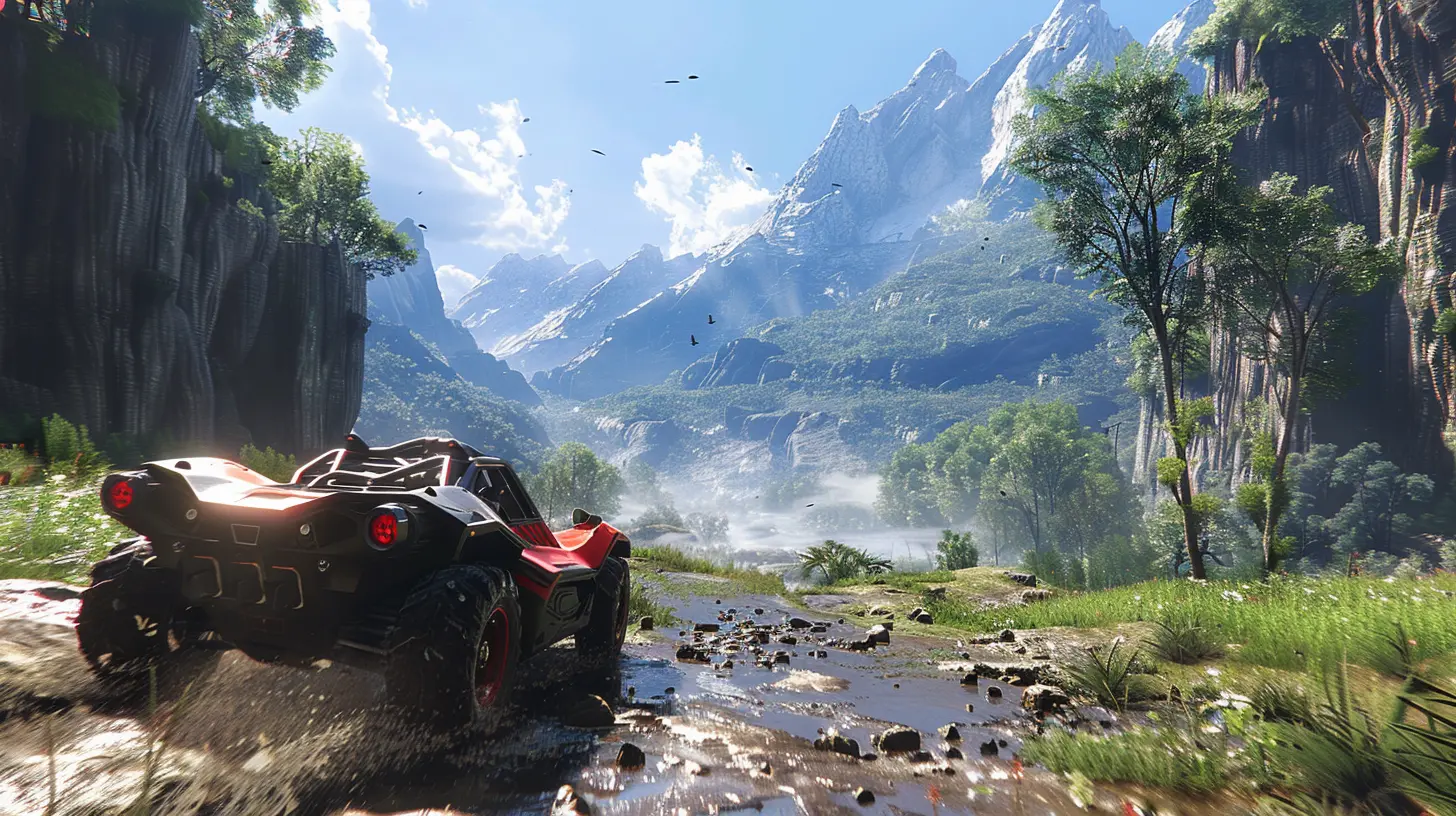
The Psychology of Realism: Why It Tricks Us
Ever wonder why good physics make a game feel more fun? When open-world physics are done right, they appeal to our brain’s love for cause and effect. If I push a cart down a hill, I expect it to roll. If it doesn’t, my brain goes, "Wait a second, that’s not right."This is where physics-based interactions come in. Players love experimenting—throwing things, breaking things, and just generally causing chaos. And when the game world reacts logically, it rewards our curiosity. This give-and-take creates engagement, making us feel like participants, not just players.
When Physics Breaks: The Charm of Chaos
Okay, let’s be real—sometimes broken physics are the best part of a game. We’ve all seen those hilarious clips where a horse launches into space, or an NPC gets stuck doing… questionable things.While these glitches can break immersion, they also inject a bit of humor. And honestly? That unpredictability is part of what makes open-world games so endearing. It’s a reminder that, for all their complexity, these games are still, at their core, digital playgrounds.
The Future of Game Physics
Where do we go from here? With advancements in machine learning and real-time rendering, the future of game physics is looking brighter than ever. Studios are pushing boundaries with things like soft-body physics (think deformable objects like jelly) and even more realistic fluid simulations.Imagine a world where every tree branch bends when you brush against it, where every drop of rain affects your environment, or where NPCs react to you in ways that feel almost human. It’s not just about making games prettier—it’s about making them feel alive, like an extension of our reality.
Why This Matters
At the end of the day, game physics isn’t just about making things look cool. It’s about trust. When you walk through an open-world game, you trust that the world will behave in a way that makes sense. Good game physics solidify that trust, allowing you to lose yourself in the adventure completely.So next time you’re marveling at a crumbling stone wall or laughing as a barrel bounces unpredictably down a mountainside, take a moment to appreciate the invisible hands that made it happen. Game physics: the unsung poet of open-world gaming.
all images in this post were generated using AI tools
Category:
Open World GamesAuthor:

Leif Coleman
Discussion
rate this article
1 comments
Jax Barrett
Game physics enhance immersion in open worlds.
October 16, 2025 at 4:37 PM

Leif Coleman
Absolutely! Game physics play a crucial role in creating believable environments, making interactions more intuitive and enhancing the overall immersion in open worlds.
